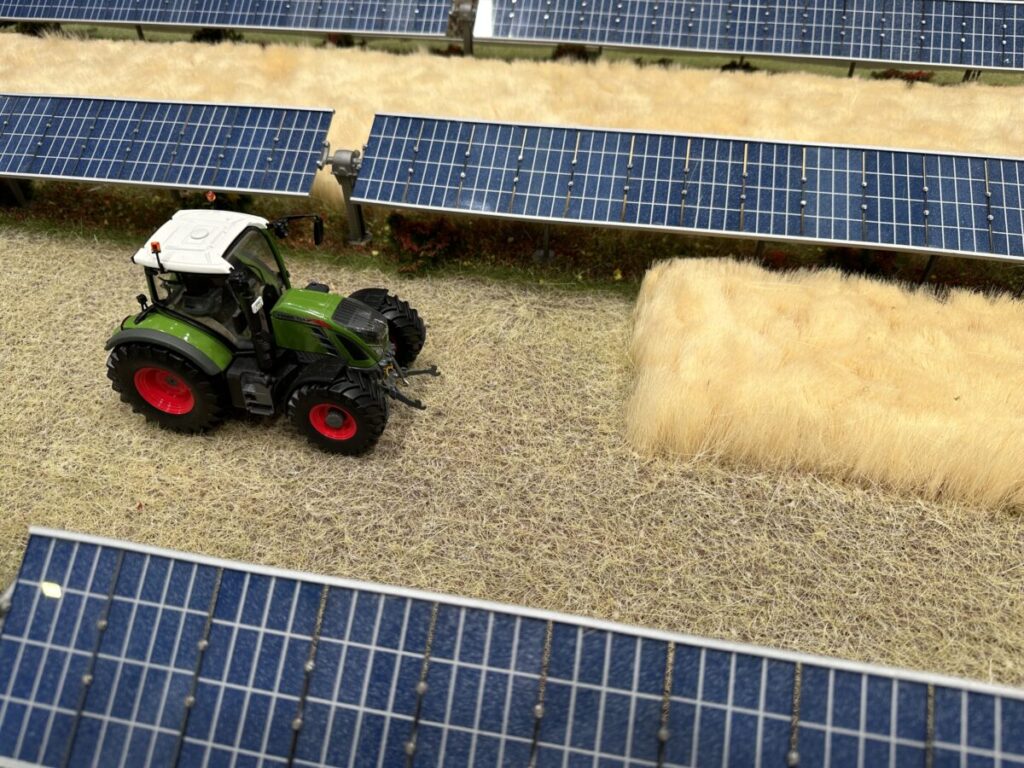Indian researchers compared the performance of an agrivoltaic system with monofacial and bifacial rooftop PV systems and found that the agrivoltaic setup had a shorter payback period and lower energy costs. Their performance analysis took into account panel temperature, power, land equivalent ratio and reliability.
A group of scientists from the SRM Institute of Science and Technology in India compared the performance of a small agrivoltaic system with that of a monofacial and a bifacial rooftop PV system, and found that the agrivoltaic facility had a lower cost of energy ( LCOE) and a shorter payback period.
“Our findings apply across locations and markets,” said the study’s corresponding author, Manikandan Sundararaj pv magazine. “However, the land equivalent ratio (LER) depends on local climatic conditions and the type of crop grown under the agrivoltaic panels. If the suitable crop is optimized based on the location and local climatic conditions, agricultural voltaics will undoubtedly be very useful.”
The experimental setup consisted of a 195 W bifacial PV panel and a 200 W monofacial solar panel, both mounted on a roof at a height of 1 m, with a mutual distance of 2 m and an albedo of 17.013%. It also included a 4.3 kW agrivoltaic system, placed at a height of 4 m above the ground and based on monofacial panels.
“All panels were oriented south with a slope equal to latitude,” the researchers specified. “An Arduino-based data logger was used to measure both the current and voltage outputs.”
In its analysis, the group took into account panel temperature, power output, LER, levelized cost of electricity (LCOE), payback period and reliability. This showed that the agrivoltaic system has a 12.7% higher power and a 4.4% higher energy efficiency compared to its rooftop counterparts. This was due to the microclimate under the agrivoltaic system, which reduces the operating temperature of the panels by 6 to 8 C.
The academics also found that the agrivoltaic array has an LER of 1.85. “LER is a good indicator to compare the agrivoltaic and conventional PV systems,” Sundarajai said. “If the LER of the agrivoltaic system is higher than 1, the agrivoltaic system will be better, because the agrivoltaic system produces agricultural yields along with energy yield from the same land area.”
The analysis also found that the agrivoltaic system has an LCOE of $0.039/kWh and a payback period of six years, compared to $0.046/kWh and a payback period of 7.56 years for the conventional bifacial system and $0.048/kWh and a payback period of 7.25 years. payback period of one year for the conventional monofacial system.
“The Mean Time Between Failure (MTBF) results show that agricultural voltaic systems are highly reliable, with an MTBF of 40.21 years compared to 32.31 and 31.81 years for monofacial panels and bifacial systems respectively,” said the scientists, noting that this value describes the average value. time between system failures.
“The integration of crops under the PV system not only improved energy production, but also contributed to improving the overall reliability of the agrivoltaic system, making it a compelling and economically beneficial solution to the water-food-energy problem,” they concluded. .
Their findings are available in the study “Agrophotovoltaics: Improving land use efficiency through solar energy for the energy, food and water nexus,” published in Focus on renewable energy.
This content is copyrighted and may not be reused. If you would like to collaborate with us and reuse some of our content, please contact: editors@pv-magazine.com.

